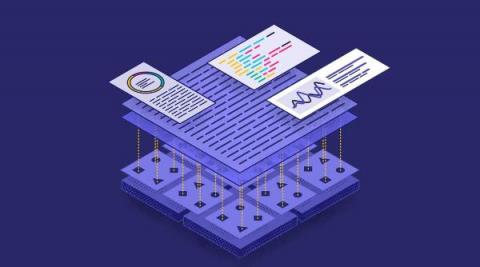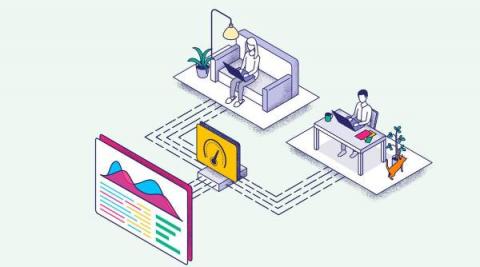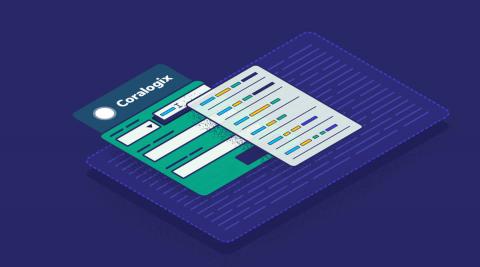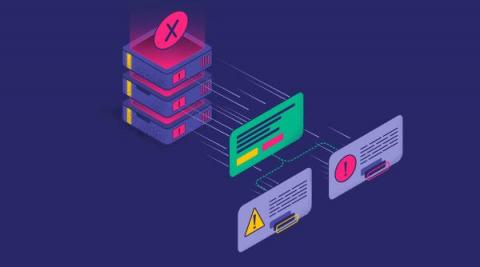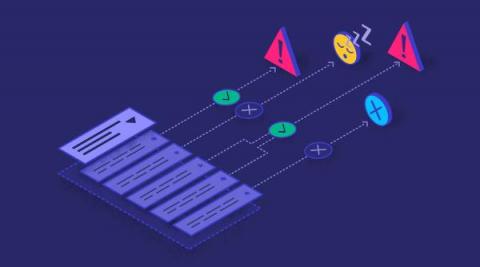What is Istio Service Mesh, and Do I Need It?
Development teams build modern applications using microservice architectures. Individual services are built and maintained by separate teams, and then these services are combined using container-based orchestrators to comprise a complete product offering. Microservices are a standard development method because they allow teams to iterate releases, providing ongoing new customer-facing features and bug fixes without needing to redeploy an entire platform or app.


